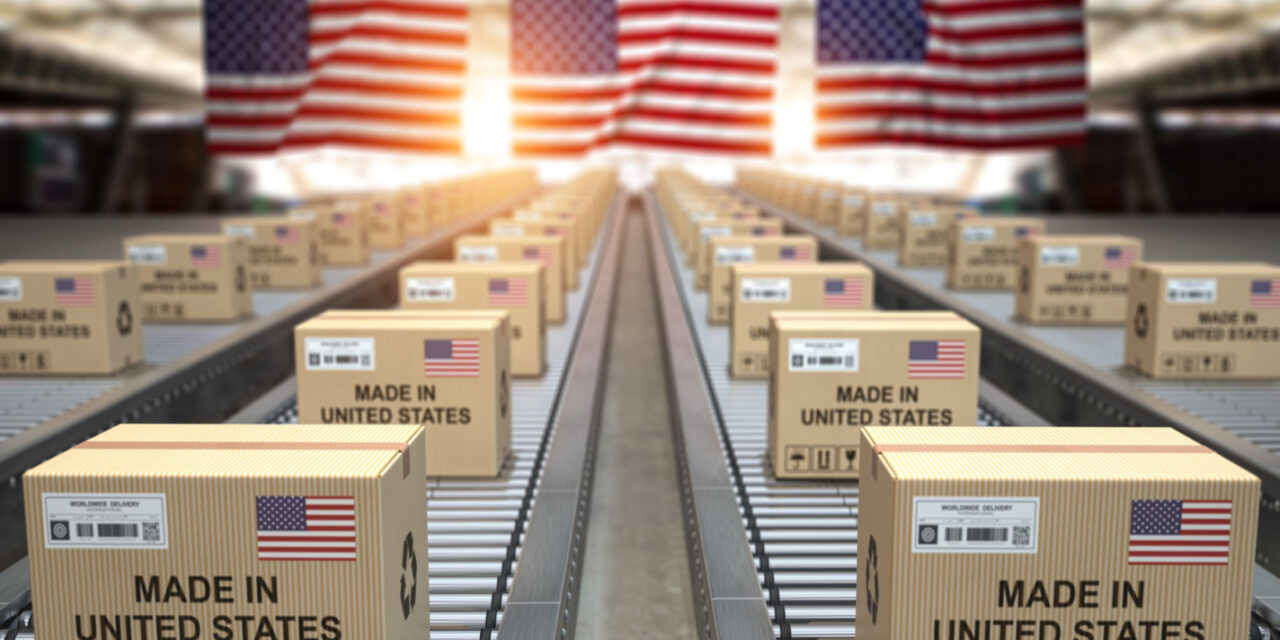
Coming to America: Reshoring Manufacturing and Services from Overseas
The pandemic exposed one of the weaknesses of “just in time” inventory management and locating manufacturing in cheap, faraway locations. Supply chains were then further stressed by increasing geopolitical tensions with Russia and China—key sources of important commodities and manufactured goods.
To view the full article please register below:
Coming to America: Reshoring Manufacturing and Services from Overseas
The pandemic exposed one of the weaknesses of “just in time” inventory management and locating manufacturing in cheap, faraway locations. Supply chains were then further stressed by increasing geopolitical tensions with Russia and China—key sources of important commodities and manufactured goods. The combination of pandemic-induced stresses on the supply chain and reliance on adversarial nations has led to concerns about their long-term economic and national security impact.
One answer to these challenges has been reshoring, a.k.a. onshoring (bringing back manufacturing to the U.S. from overseas locations) or friend-shoring (moving manufacturing to nearby friendly countries such as Mexico).
According to Reshoring Initiative, an association dedicated to bringing manufacturing jobs back to the U.S., over 1,300 companies reported reshoring in 2021, with projected new job creation of over 138,000.1
Why Reshore?
There are a number of compelling reasons to consider reshoring, including:
- Shorter lead times mean greater responsiveness to changing customer demands
- Allows for lower inventory levels, reducing capital requirements and excess inventory losses
- A narrowing of the cost differential between domestic and overseas labor costs
- Reduces risks of intellectual property theft and host nation’s regulatory and compliance regime
- Improves branding via “Made in U.S.A.” label
- Mitigates tariff and logistical risks, while reducing reliance on countries with unstable political relations with the U.S.
- Product quality is easier to monitor
The Limits to Reshoring
Of course, not every country will have access to certain commodities or enjoy the inherent manufacturing advantages of other countries (e.g., source of cheap labor or location to multiple markets). This is where friend-shoring plays an important role. Friend-shoring means working with other nations and trusted supply sources to strengthen domestic supply chains when reshoring is impractical or expensive.
Reshoring or friend-shoring is not as simple as flipping a light switch, however. There is a loss of investment that comes with abandoning offshore facilities and a cost associated with hiring and training a domestic staff to replace overseas workers.
Moreover, the supply of talent in the U.S. may not be sufficient to meet the labor demand created by bringing operations back to the U.S. For example, a substantial amount of software development is done by overseas developers because the U.S. doesn’t have a sufficient number of programmers.
Finally, while labor costs may have narrowed somewhat, there are many jobs for which it remains much cheaper to hire foreign labor (e.g., software developers, project managers and graphic designers).
Sources:
Please reference disclosures: https://blog.americanportfolios.com/disclosures












